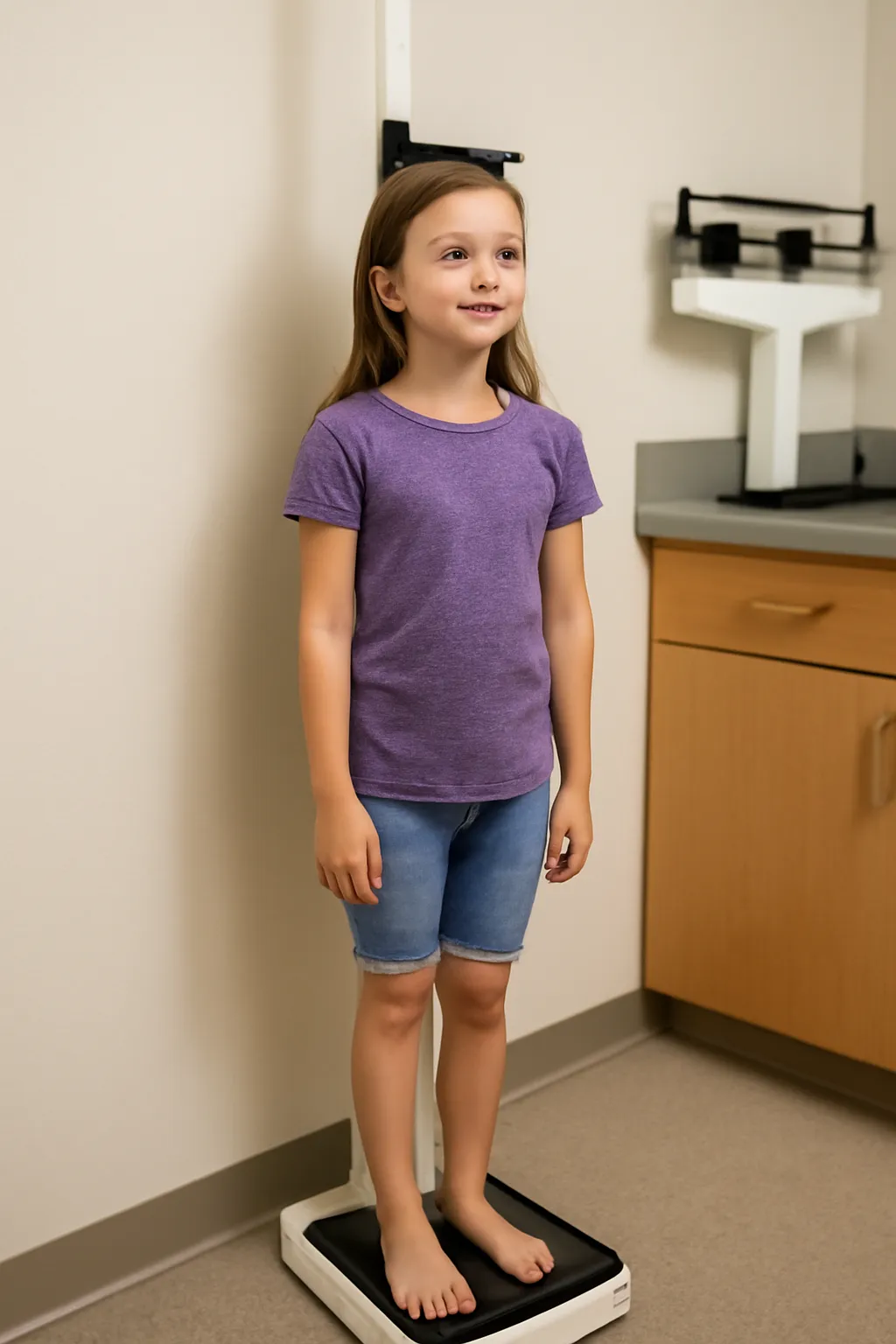What is the typical height and weight of elementary school students? How do these figures differ by age? Get insights into the average growth patterns for children and why they matter.
The Average Height of Elementary School Students
When we look at the growth of elementary school students, it’s fascinating to observe the physical changes they undergo during these formative years. A child’s height is an important indicator of their overall development. From kindergarten to the 5th grade, children go through rapid growth spurts, but what can we expect when it comes to averages?
Kindergarten to 2nd Grade (Ages 5–8)
At the start of elementary school, children’s growth is fairly consistent. Typically, by the end of kindergarten, a child’s height averages around 3’5″ (105 cm). By the time they reach second grade, most children grow to be around 3’9″ to 4’0″ (115–122 cm). This period marks a steady pace of growth, with height increasing about 2 to 2.5 inches per year.
3rd to 5th Grade (Ages 9–11)
As children continue their education, especially in the third and fourth grades, growth tends to accelerate slightly. By the end of 5th grade, the average height for a child can range from 4’6″ to 4’9″ (137–145 cm). At this stage, some children may begin their prepubescent growth spurts, leading to more significant increases in height. These growth patterns also vary based on genetics, nutrition, and overall health.
Growth Variations Between Boys and Girls
It’s essential to note that there is often a difference between boys and girls. Girls tend to experience their growth spurt earlier than boys, typically around the age of 10–11 years. This may result in girls reaching their full adult height slightly earlier than boys.
To better understand the average height and growth trends, let’s look at key statistics across various age groups:
-
5–6 years 3’4″ to 3’7″ (102–109 cm)
-
7–8 years 3’9″ to 4’0″ (115–122 cm)
-
9–10 years 4’1″ to 4’4″ (125–132 cm)
Click here for more details on children’s growth patterns!
The Average Weight of Elementary School Students
While height gives us an idea of a child’s growth, weight is equally important in understanding their development. Weight and height work together to reflect how well a child is growing and if they are within a healthy range for their age group.
Early Elementary Years (Ages 5–8)
During the early elementary years, children tend to gain weight steadily as they grow. For instance, by the age of 5, a child might weigh about 40–45 lbs (18–20 kg). By age 8, most children weigh 50–60 lbs (23–27 kg), but this can vary based on diet, genetics, and activity levels. Children in these early years tend to develop both muscle and fat, which helps them with mobility and overall strength.
Mid to Late Elementary Years (Ages 9–11)
In the later years of elementary school, the rate of weight gain increases slightly as children begin to accumulate more muscle mass and body fat in preparation for puberty. By the time a child reaches 10–11 years old, their average weight typically falls between 60–80 lbs (27–36 kg), depending on their height and physical activity.
Key Factors Affecting Weight
While the averages are a helpful reference, it’s essential to understand the factors that influence a child’s weight:
-
Diet Nutrition plays a significant role in a child’s weight gain. A well-balanced diet rich in fruits, vegetables, and protein is ideal for promoting healthy growth.
-
Physical Activity Active children tend to be healthier and maintain an appropriate weight for their height. Physical play and exercise help burn off excess calories and promote a healthy metabolic rate.
-
Genetics Genetics can heavily influence weight, with some children having a naturally faster metabolism or genetic predispositions toward being either more slender or heavier.
For example, two children of the same age may appear drastically different in terms of weight, not due to unhealthy habits, but because of genetic differences in body composition.
Find out more about how to manage your child’s health and growth!
Combined Insights: The Average Height and Weight of Elementary School Students
When we combine both height and weight averages for elementary school students, a clearer picture of their overall development emerges. By observing these combined metrics, we can gain insights into how children are growing and whether they are on track developmentally.
For example, a typical 10-year-old child might have a height of 4’5″ (135 cm) and weigh around 60–70 lbs (27–32 kg). This combination of height and weight shows a balanced progression, with the child approaching their prepubescent years.
The Importance of Growth Monitoring
Monitoring a child’s height and weight is essential not just for academic purposes, but for identifying potential health issues early on. Whether it’s growth delays or signs of obesity, consistent measurement ensures that any concerns can be addressed promptly. Pediatricians regularly track growth charts to help parents and caregivers ensure that children are on a healthy growth trajectory.
Variability and Developmental Range
It’s important to remember that there is no one-size-fits-all when it comes to growth patterns. Some children may be taller or shorter, heavier or lighter, compared to the average. This natural variability is part of what makes human development fascinating.
To get more accurate insights into your child’s development, regular checkups and growth assessments are vital. Each child’s path to maturity is unique, and early recognition of growth-related concerns can make a significant difference in health outcomes.
For a deeper understanding of how growth patterns affect your child, click the link below!
In conclusion, understanding the typical height and weight ranges for elementary school students provides a helpful reference for parents, caregivers, and educators. However, it is essential to keep in mind that growth varies from child to child. Monitoring your child’s height and weight regularly, along with ensuring proper nutrition and physical activity, can help support their overall health and development.






